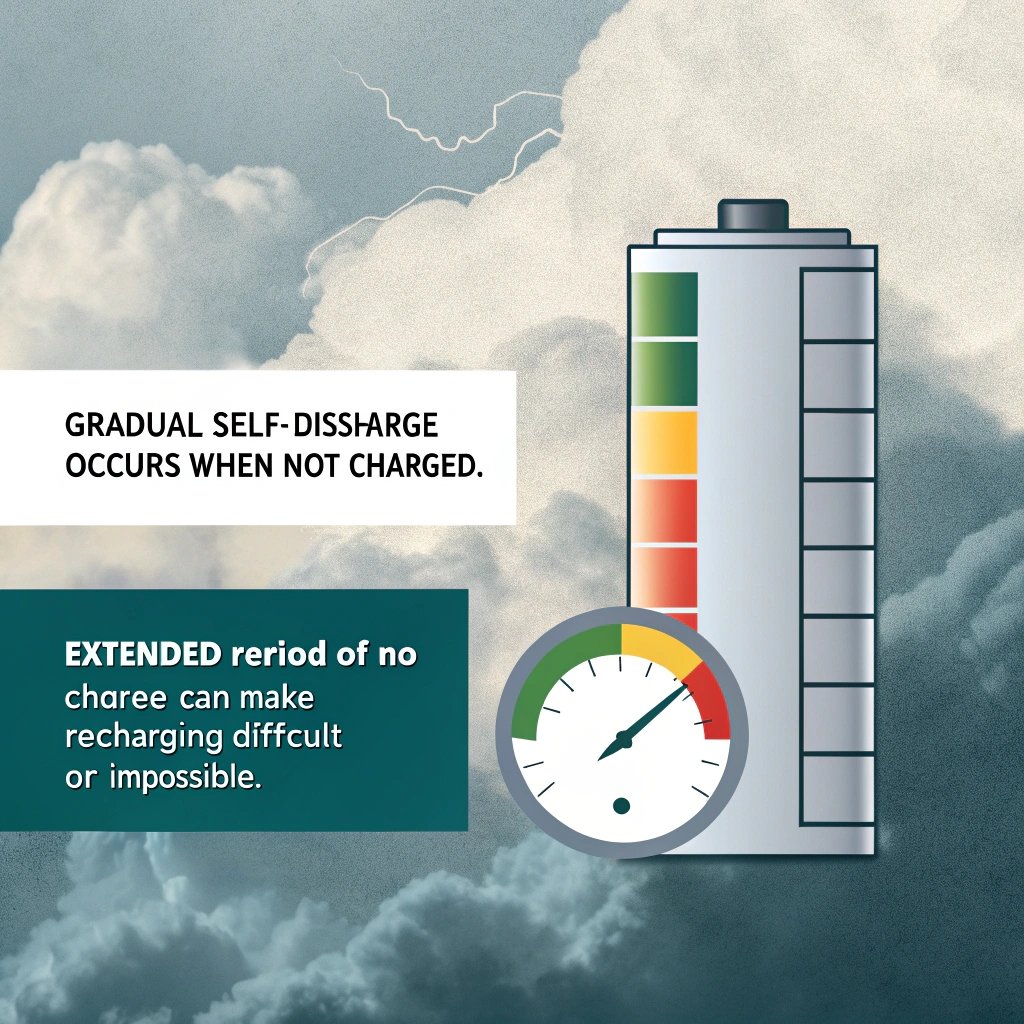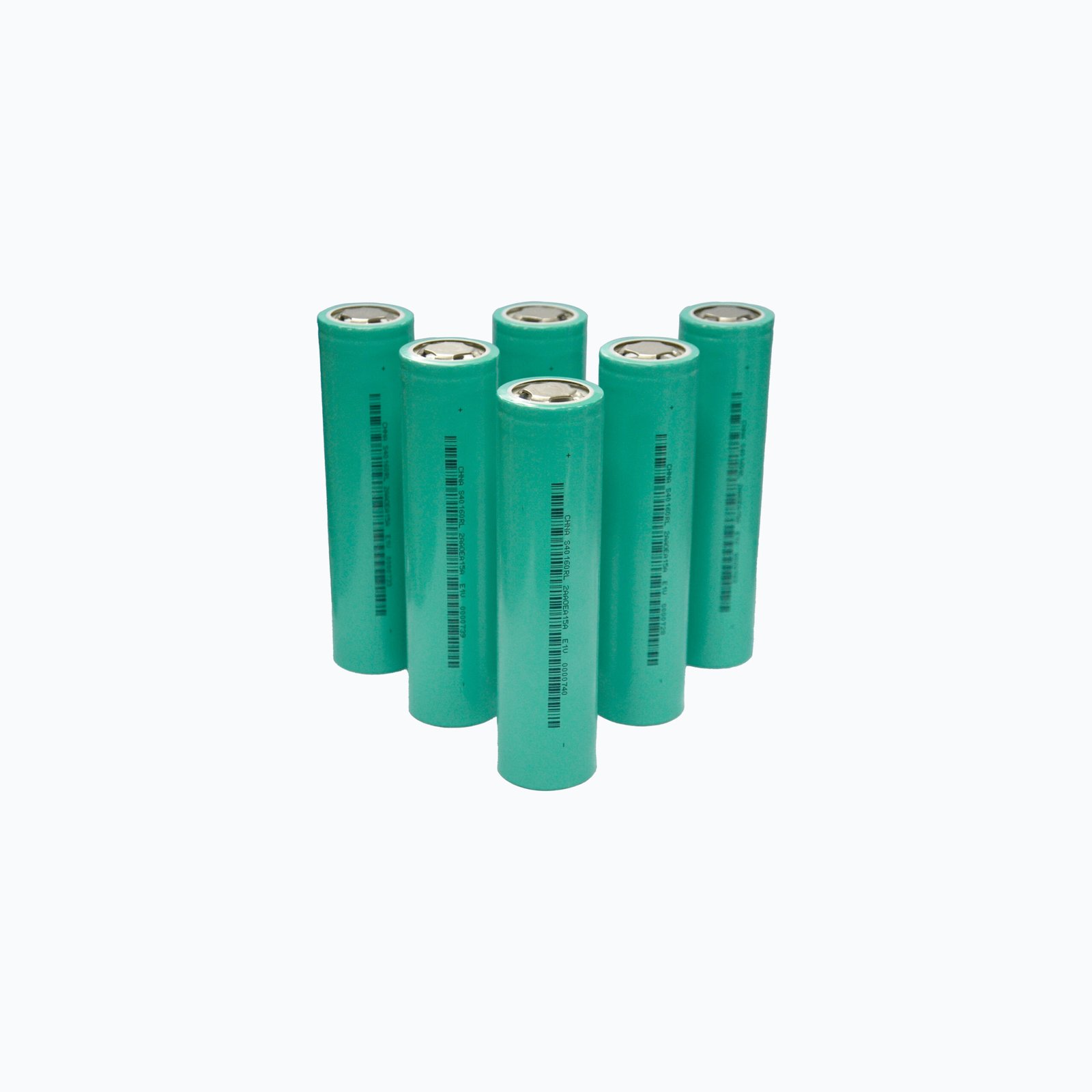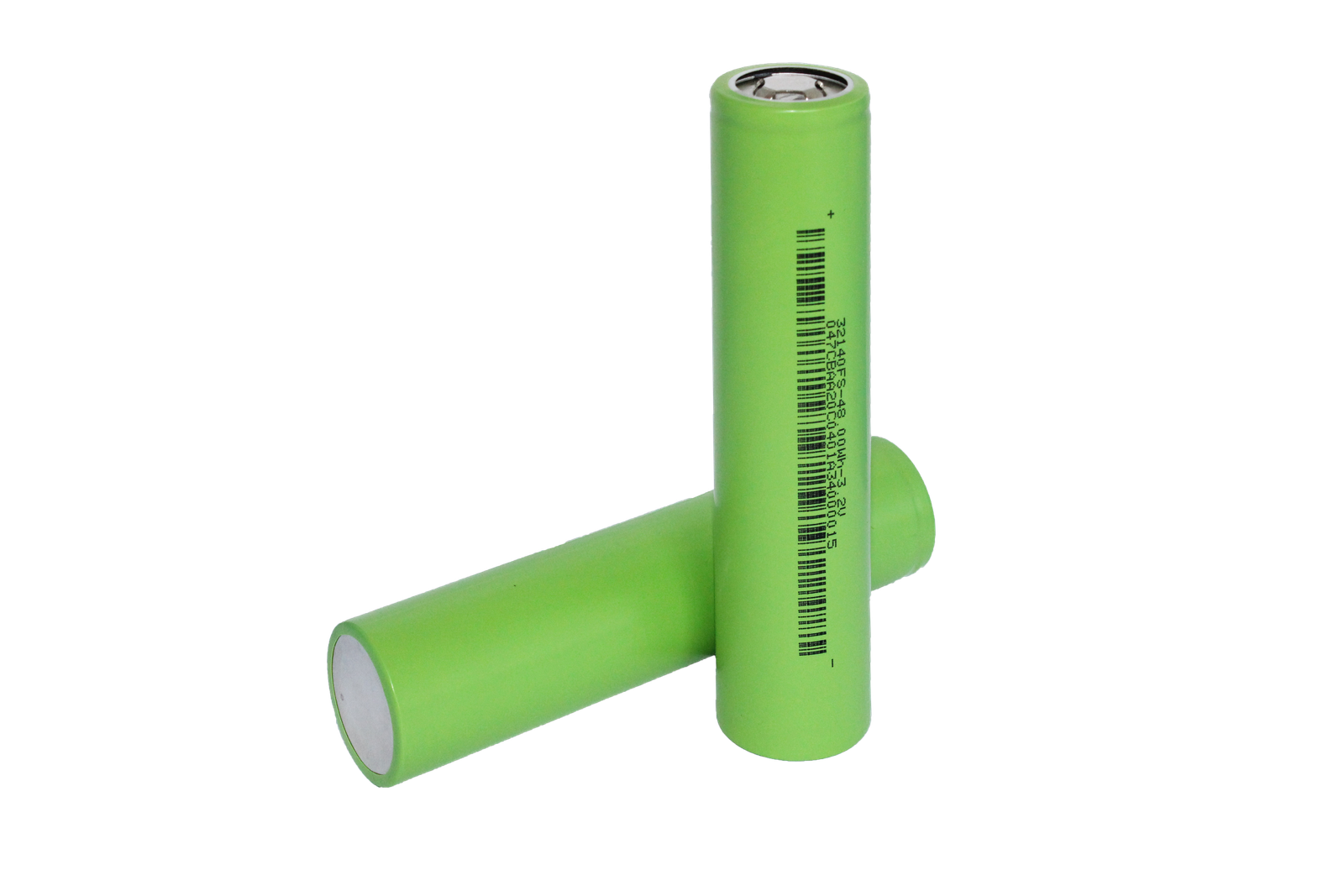Lithium battery testing can prevent costly failures – but only if done correctly. I learned this when a client rejected two container loads due to inconsistent voltage readings. Proper testing protects your business from similar disasters.
Effective lithium battery testing requires three steps: pre-test inspection using professional tools, state-of-charge verification through voltage measurement, and capacity validation with lithium-compatible testers. This process ensures performance matches specifications while maintaining safety standards.

Understanding proper battery testing separates successful suppliers from risky partners. Through years of exporting power solutions, I’ve refined these verification methods that protect both buyers and manufacturers:
Can Lithium Batteries Be Checked Without Damaging Them?
A European distributor once returned 300 batteries thinking they were defective. The real issue? Their team used lead-acid testing procedures incompatible with lithium chemistry.
Yes, lithium batteries can be safely checked using dedicated voltage testers and impedance analyzers. Key precautions include never discharging below 2.5V/cell and maintaining stable temperatures during testing.

Through trial and error, we developed these safe verification protocols:
Core Testing Parameters
| Test Type | Recommended Tools | Acceptable Range |
|---|---|---|
| Voltage Check | Digital Multimeter | 3.0V-4.2V per cell |
| Capacity Test | DC Load Tester | ±5% of rated capacity |
| Temperature | IR Thermometer | -20°C to 60°C |
Factory certification matters – our production lines include automatic testing stations that verify each battery’s:
- Open Circuit Voltage (OCV)
- Internal Resistance (IR)
- Cycle Life Potential
Regular third-party audits ensure testing accuracy matches EN/IEC standards required for European imports.
What Voltage Indicates 50% Charge in Lithium Batteries?
Mistaking charge states caused $18,000 in losses for one client who stored batteries at full voltage. Understanding voltage-SOC relationships prevents such expensive errors.
A 3.7V reading per cell indicates approximately 50% state-of-charge (SOC) for most lithium-ion batteries. Full charge reaches 4.2V/cell while complete discharge hits 3.0V/cell.
%[Battery voltage chart](https://placehold.co/600×400 “Lithium battery voltage diagram”)
Here’s why voltage monitoring matters:
Voltage vs Capacity Table
| Voltage per Cell | Approximate SOC | Storage Recommendation |
|---|---|---|
| 4.2V | 100% | Avoid long-term storage |
| 3.7V | 50% | Ideal storage level |
| 3.0V | 0% | Immediate recharge needed |
Our production team programs battery management systems (BMS) to:
- Automatically balance cells during charging
- Prevent over-discharge through voltage cutoff
- Display real-time SOC through LED indicators
Do Standard Battery Testers Work on Lithium Batteries?
A Russian importer damaged 200 batteries using lead-acid testers. The repair costs exceeded $23,000 – a preventable loss with proper equipment knowledge.
Only lithium-specific testers provide accurate results. Universal testers often use wrong voltage algorithms and load profiles that can damage lithium cells permanently.
%[Lithium battery tester](https://placehold.co/600×400 “Professional battery testing device”)
From our equipment validation process:
Tester Compatibility Guide
| Tester Type | Lithium Support | Key Features Needed |
|---|---|---|
| Universal Auto Testers | No | Risks over-discharge |
| Dedicated Li Testers | Yes | CC/CV modes, voltage cutoff |
| Programmable Loads | Yes | Custom discharge curves |
We recommend:
■ HIOKI BT3564 for precise impedance testing
■ Cadex C7400ER for cycle life analysis
■ Midtronics EXP-1000 for quick validation
Our quality control includes two-stage testing – automated systems verify electrical parameters first, then engineers conduct manual spot checks using professional-grade testers.
Conclusion
Proper lithium battery testing requires specialized tools and SOC understanding. Partner with suppliers possessing automated testing facilities and IEC-certified procedures to ensure product reliability.
We recommend:
■ HIOKI BT3564 for precise impedance testing
■ Cadex C7400ER for cycle life analysis
■ Midtronics EXP-1000 for quick validation
Our quality control includes two-stage testing1 – automated systems verify electrical parameters first, then engineers conduct manual spot checks using professional-grade testers.
-
Learn about two-stage testing to enhance your quality control processes, ensuring reliability and accuracy in product testing. ↩


